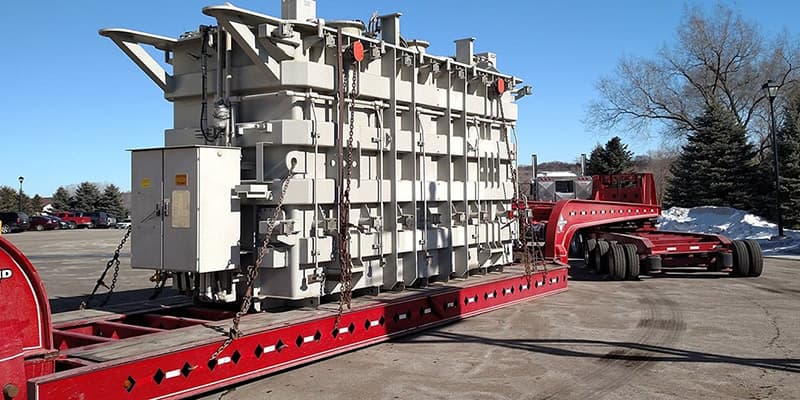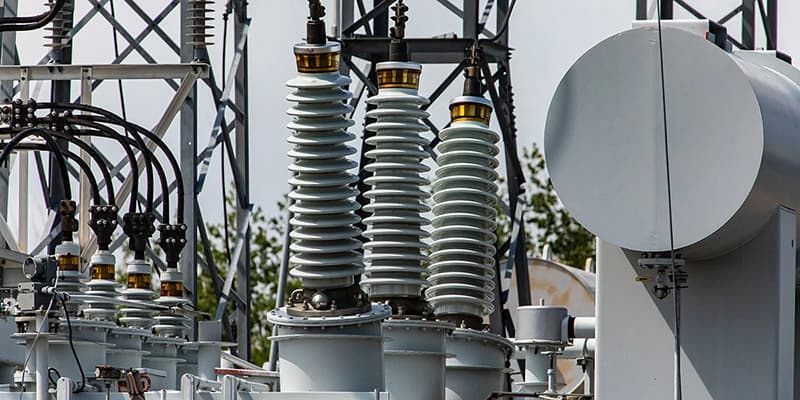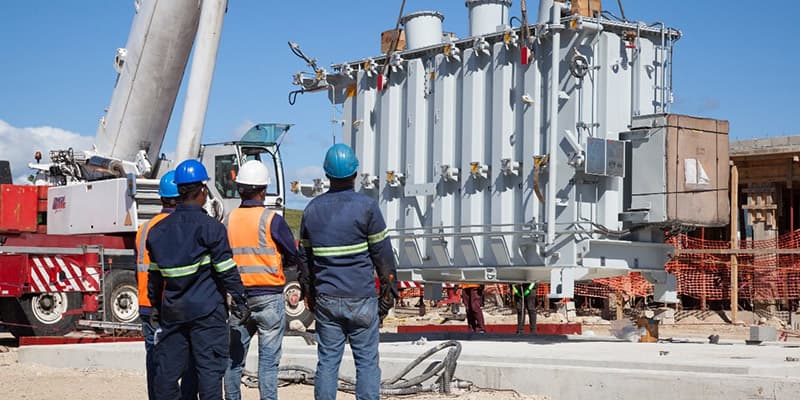How To: Remanufacture a Substation Transformer
To remanufacture a transformer is to remove the copper (or aluminum) windings and replace them with all-new copper that is newly insulated, as well as replacing the cellulose-based insulation that has aged during the transformer’s lifetime. New copper wire and insulation is the key to extending the life of your transformer; it’s like starting from new again. Without rewinding, a transformer is reconditioned, but not remanufactured.
Remanufacturing Process
You don’t always know if a transformer needs the full remanufacture process or if reconditioning will serve your needs. To start, the transformer in question goes through an inspection and testing protocol. Your own data and monitoring may tell you that the transformer has failed or may be close to its end. But with decades of experience as a transformer remanufacturer, we have testing capabilities you may not have, and we can determine if your transformer needs a complete rewind.
Coil Assessment
When we determine one or more of a transformer’s coils need rewinding, the process begins by cutting off the transformer’s tank lid to remove the core and coil assembly from the tank. After removing the external lead structure, we can lift the coil(s) off the core legs.
When we remanufacture a transformer, we leave the core alone. Testing and inspection could reveal core damage, but that happens infrequently. But in any rewind, we isolate the core after removing the existing copper. We lay the core down, remove the top and bottom frame, and replace its existing insulation.
At this point, we re-engineer the original design of the core and coils so that we can assess changes that may be required to ensure the new design meets current industry standards and practices. How many turns were in the original winding? What size wire was used? How much space is between the core legs? Our goal is not to return to the original design, but to see what’s possible, knowing that you may want to change the voltage or upgrade the transformer.
Update Design
Now our experienced design engineers design the transformer to meet our modern engineering design standards and create new design specifications including the wire size, the type and amount of insulation, electrical and mechanical clearances between components, and more. By upgrading the clamping system, your remanufactured transformer will better tolerate short-circuit currents. We use Andersen FLD12 software to help achieve the proper design standards.
This is where our expertise in remanufacturing pays off in the long term. Our remanufacturing process is designed to bring every transformer up to today’s standards, not just to return it to its 50-year-old design spec.
Resource: Components that can be reused in transformer remanufacturing
Once the redesigned coils are wound and clamped, we can complete the lead structure before retanking the core and coil assembly. We complete quality tests and inspections throughout the process before completing the tank and filling it with oil.
In-House Testing
A remanufacture is complete only after we’ve tested the assembled transformer. We complete our testing in our location’s test bay, ensuring the transformer’s performance before it’s in service to your customers. We perform all tests in accordance with our customer’s specifications as well as the latest IEEE (Institute of Electrical and Electronics Engineers) standards. This includes partial-discharge monitoring, lightning impulse testing, and more, as required.
Rewinding a transformer is an essential part of the remanufacturing process, and it gives you, in essence, a new substation transformer in a fraction of the time it takes to purchase a new transformer.
.png?width=295&height=96&name=Untitled%20design%20(8).png)





